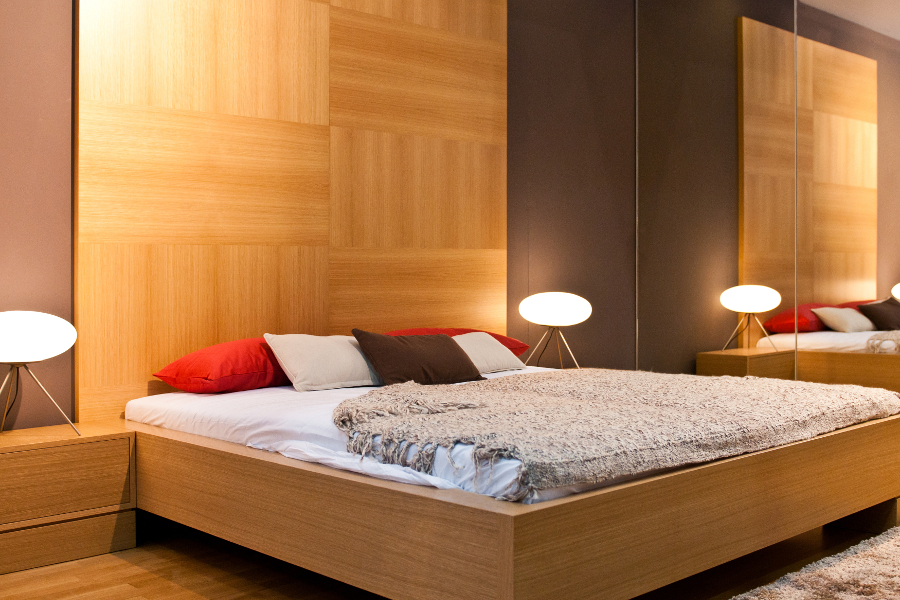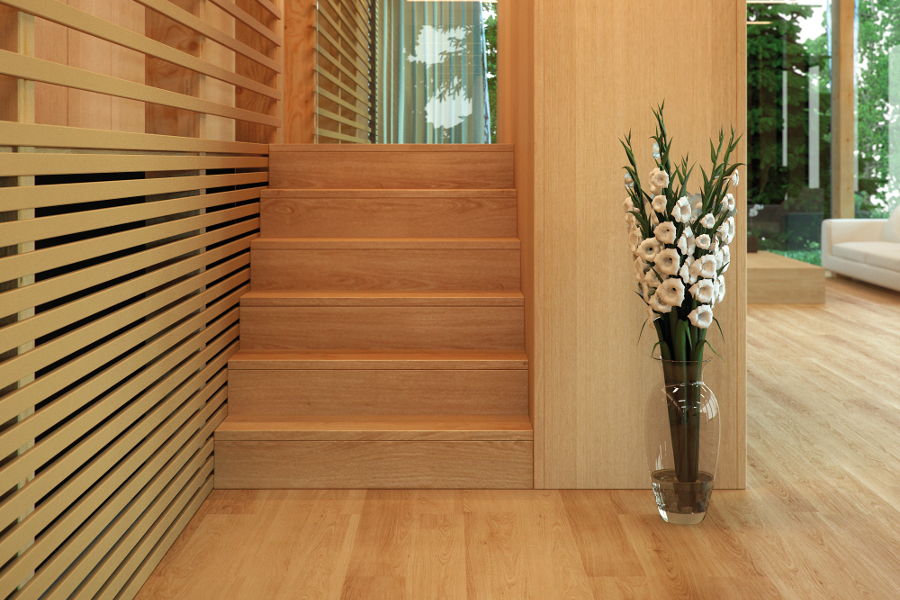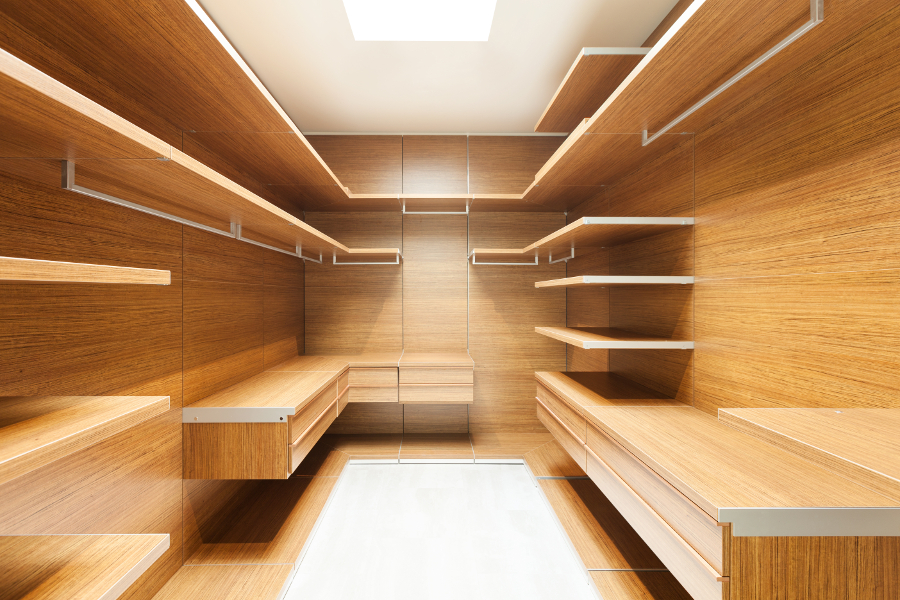This great success is the result of a massive work carried out with tenacity and stubbornness by the Sherwin-Williams Italy R&D team: it’s not just a matter of maintaining the support class, but raising of those surfaces which belong to lower classes. For example, instead of mandatory having to use fire reaction class B-s2 d0 certified MDF, with the resulting aesthetic limits, this coatings system allows using nobler D-s2 d0 classified wood surfaces to obtain class B- s2 d0 furniture.
The European standard UNI EN 13501-1 specifies the procedure for the classification of products and construction elements based on the data of the tests of resistance to fire and smoke transparency obtained by burning a series of samples in controlled conditions, specified in the UNI EN standard 13823. There is no correlation between the method still used by Italian laboratories and the one developed in Europe because they use two different phenomena as the main evaluation parameter: the Italian one is based on many parameters but places particular importance on the flame propagation speed and to the extension of the flame front; the European one is based on the combustion contribution of the test panel to the flame of a “standard trigger” (Single Burning Item), measured through the heat release trend, to the spectrophotometric attenuation of the light passing through the smoke produced and other parameters. In Italy, according to the indicative comparative tables, the EN 13501-1 Euroclass B-s2 d0 matches class 1 according to UNI 9174 (and Ministerial Decree 26.06.84). Unlike the italian classification, however, the EN 13501 result is also accepted in all European community member states and it’s mandatory for the CE marking when the determination of fire resistance is required. In this context class “B” is the best possible result on combustible substrates.
The new developed fire-retardant coating system is as follows:
Two-component solvent-based basecoat FU0101/00 to be hardened with FH0102/00. To be applied in 2 coats of 200-250 g/m² with an interval of at least 3 hours and not over 16 hours (unless sanding between the two coats).
Two-component, solvent-based topcoat FZ1003/00, to be hardened with FH0004/00. To be applied in a single 90-110 g/m² coat after sanding the basecoat. The final gloss level obtained is absolute matt, with high smoothness by touch.
All these products are isocyanates and aromatics free: no compromise on quality and safety.
The coating system, if correctly applied, has the typical harmonizing appearance and clarity of an “unpainted” effect but is able to upgrade the fire reaction rate of the substrates – we have tested chipboard and fir – from “D-s2 d0” to “B-s2 d0”.
The chemical-physical resistances of the coating system are also exceptional:
Resistance to cold check (UNI 9429): 15 cycles without defects such as whitening, sinking or cracks.
Resistance to dry heat (UNI 12722, 85°C): 5, no visible variation.
Resistance to damp heat (UNI 12721, 85°C): 3-4.
Adhesion (UNI EN ISO 2409, cross-cut): 0, edges of the cuts are completely smooth, no detached square.
Tendency to retian dirt (UNI 9300): 5, no visible variation.
Chemical resistances (CEN16209): exceeds the profile B.
Scratch resistance (UNI EN 15186): 1.0 N






